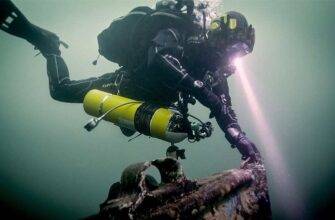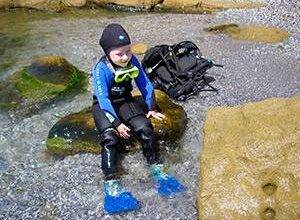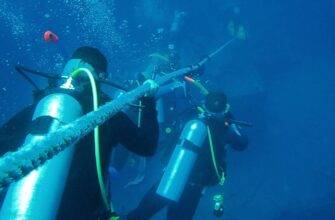Carbon is the basic building material of all living organisms. Its ability to form chemical bonds and complex molecules is unparalleled. These properties of carbon set it apart from the other elements to such an extent that most biologists believe that life could not have arisen from any other element.
In other words, no carbon, no life. Almost all organic molecules contain one or more carbon atoms. In aquatic ecosystems, carbon is present in different forms.
Some minerals, like limestone, are a natural source of carbon. As water erodes limestone deposits, carbon compounds are released into the ocean. Dissolved organic carbon compounds enter the water through the products of marine life and the decomposition of organic remains.
Organic carbon compounds are carried by ocean currents, but most of these compounds sink to the depths where they are broken down by bacteria to inorganic compounds. As a result, compounds of carbon and other nutrients compounds accumulate in the bottom sediments.
This process is sometimes called a “biological pump”. It plays a key role in the global carbon cycle. This “pump” pumps carbon from the atmosphere into the deep ocean, where it accumulates and remains for centuries.
Scientists believe this explains 75% of the difference between the concentration of carbon compounds at the surface and deep in the ocean.
Read More:




